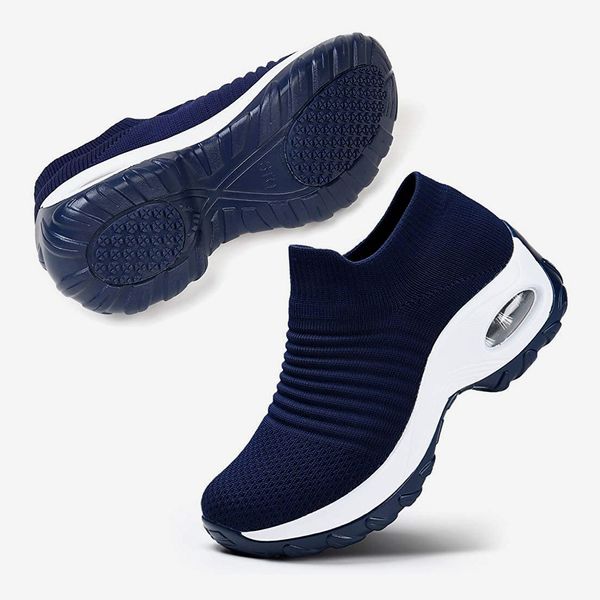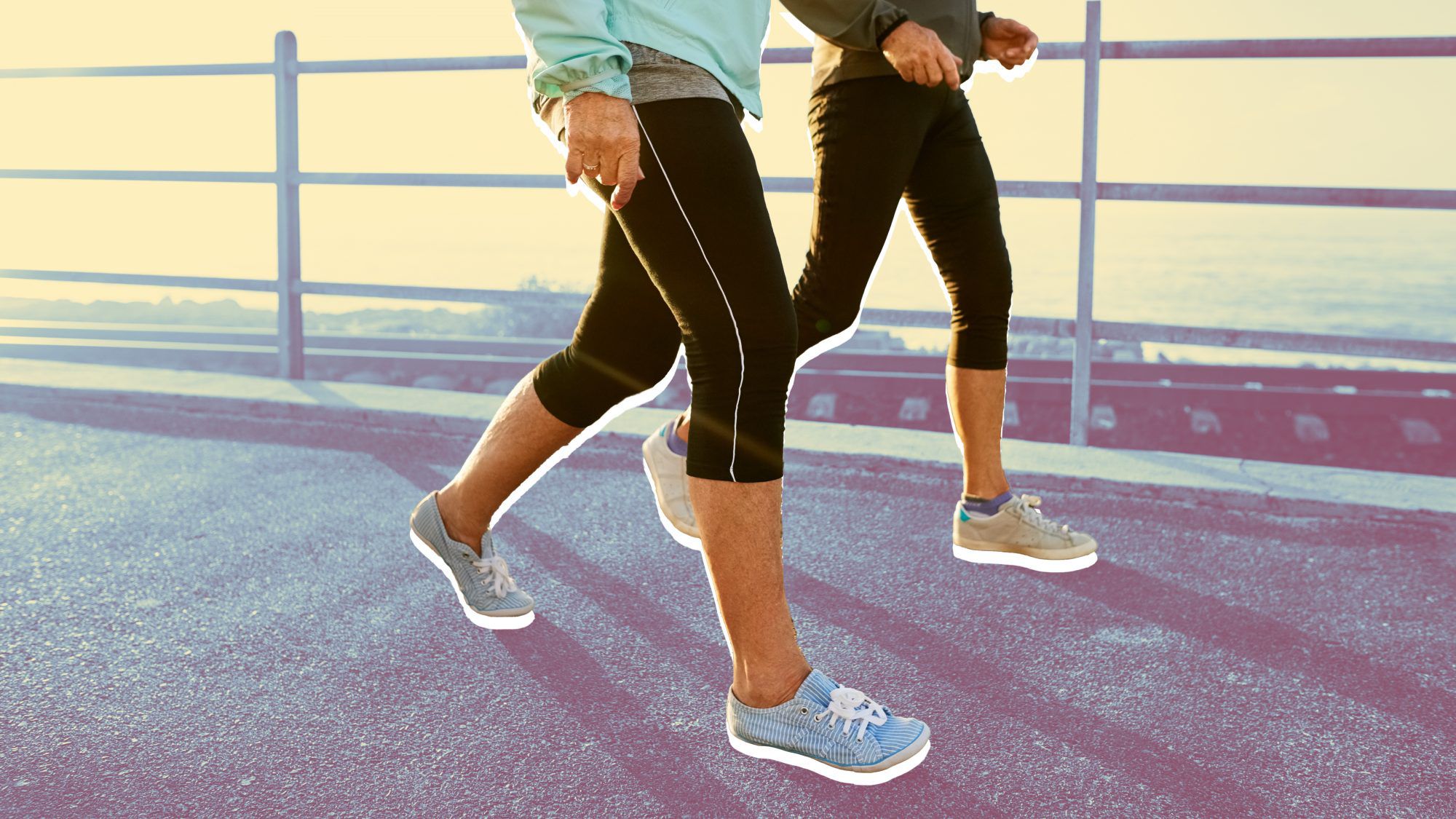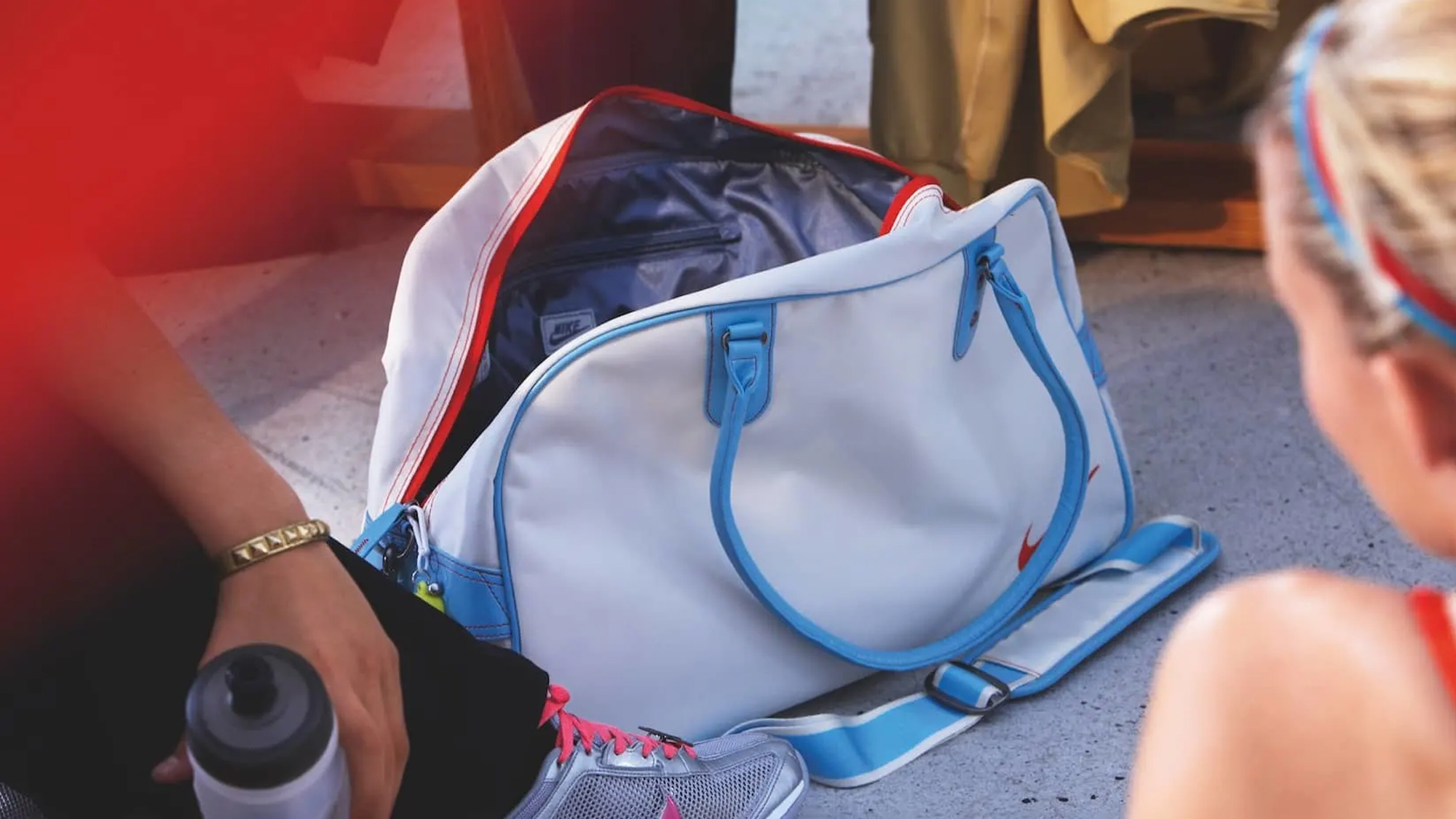
Plyometrics
The best part of an athlete’s workout program is the plyometrics. It is a combination exercises that mimic jumping and increase the athlete's speed. Soviet scientists were the first to develop this training technique during the Cold War. 1964 saw the publication of Dr. Yuri Verkhoshansky's findings. These studies revealed that jumping training is a good way for athletes to gain strength and explosiveness.
The scientific principles behind plyometrics have been used to train athletes. They can also be used by the general population for a variety of fitness exercises. One-leg bounds, which are high-intensity, plyometric exercises that help athletes develop explosive power, are an example. The training also helps improve the speed of movement and elasticity of muscles.
Deadlifts
Deadlifts provide a way to improve strength and athleticism. You can target large muscle groups such as quadriceps, gluteus maximus and hamstrings. They also improve posture, mobility, and overall mobility. This compound exercise is a great addition to any athlete's training routine.

A fundamental part of strength-training is the deadlift. It builds trunk stability. This is a feat that few other exercises can match. The deadlift is a great exercise for coordination and long-term adaptation. The deadlift provides the foundation for many ground based lifts. Deadlifting properly benefits both athletes and the public.
The Cycles of the Mature Athlete
The cycle of a workout plan for a mature athlete has several distinct phases, each with a specific training emphasis. These phases help to improve general fitness, promote healing, as well promote work capacity. Each phase has a different training load based on volume, intensity and rest.
The macrocycle, which is the longest of all three training cycles, is the longest. It consists four phases of training and covers the entire 52 week annual plan. This type training is ideal for long term planning as it allows athletes and coaches to train for multiple major competitions at the same time. For example, a skilled athlete might aim to qualify for the national championship. Based on this goal, a multi-peak training program can be created.
Active recovery
After an athlete workout, your body requires time to recuperate. The heart rate should stay under 70 percent throughout recovery. Try to work at a lower pace, such as walking, running, or light stretching. The length of active recovery workouts will vary depending on the athlete's level of fitness and training load. In general, recovery workouts should be between 30 and 65 percent of the usual workout length.

Consider whether you feel exhausted or invigorated when deciding on the type of active recovery that you should do after an athlete's workout. Then, choose activities that you find enjoyable, such as yoga, swimming, cycling, or walking. By including beginner stretches, you can make these low impact activities engaging and enjoyable.
FAQ
Can I exercise after eating?
It all depends on which type of exercise you are performing. After meals, avoid strenuous physical activity because it could cause stomach cramps. Focus on light aerobic activities such as biking or brisk walking.
What Are Resistance Training Exercises?
Resistance training includes using weights and other objects to perform specific movements. Lifting weights can strengthen your arms, shoulders and chest as well as your back, legs and core. Resistance training helps build muscle mass and bone density. It also promotes overall strength.
Which Is More Important: Exercise or Diet?
It all depends on your goals. It is important to lose weight. To build muscle mass, exercise is crucial. Sleep is the last important factor, as it has little to do with how well your day goes.
Statistics
- Adolescent girls were less active than adolescent boys, with 85% vs. 78% not meeting WHO recommendations of at least 60 minutes of moderate to vigorous intensity physical activity per day. (who.int)
- Globally, 81% of adolescents aged 11-17 years were insufficiently physically active in 2016. (who.int)
- In 2018, the World Health Assembly agreed on a global target to reduce physical inactivity by 15% by 2030 and align with the Sustainable Development Goals. (who.int)
- Globally, 28% of adults aged 18 and over were not active enough in 2016 (men 23% and women 32%). (who.int)
External Links
How To
How to burn belly fat faster
Belly Fat is usually seen as a problem when we want to lose weight. It's actually a good thing, in fact. Your organs are protected by the fat around your stomach. Let's now see how to quickly lose belly fat.
Stress and inactivity are two of the major factors that cause us to store body fat. Because stress stimulates the release of cortisol hormone, it makes us hungry all the time. Cortisol increases insulin levels in our blood. Insulin then stores excess calories as fat. An increased appetite can be caused by a lack of sleep. These extra calories are broken down through exercise.
There are many ways to reduce belly fat. Depending on your budget, you can try each one. These are some ways to quickly lose belly fat.
-
You can eat less. You should eat smaller meals throughout the day than you would if you ate three big meals. This way, you'll consume fewer calories overall.
-
Drink lots of water. Water flushes out toxins from your body and keeps you hydrated. Water before each meal can help you feel fuller longer and reduce your appetite so that you don't overeat.
-
Avoid unhealthy snacks. If you're looking for quick fixes, snack foods like chips, cookies, candies, etc. It might sound tempting. These sweet treats can be tempting, but they are high in empty calories and sugar. Instead, choose healthy alternatives like fruits, veggies, nuts, seeds, and whole grains.
-
Strength training should be done at least three times per week. Strength training builds muscle mass and burns more calories when you're not working out. Strength training strengthens bones, muscles and ligaments. It can also improve the heart, lungs, joints, and other body systems.
-
Move regularly and stretch. Stretching can improve flexibility, mobility, and reduce back pain. Walking is a great way of burning calories, especially when you do it for just 30 minutes.
-
Reduce alcohol intake. Avoid alcohol.
-
Reduce your weight gradually. First, determine your current weight. Then calculate your ideal weight by adding 5% to 10% of your total body weight. Once you have calculated your target body weight, you can begin to cut calories by 500-1000 calories every day until your goal is reached.
-
Avoid processed foods. These foods are high in salt, sugar, preservatives, and other harmful ingredients. These processed foods are often convenient, but they lack enough nutrients for good health.
-
Don't skip breakfast! Consuming breakfast increases concentration, memory and energy levels. Breakfast should contain protein (like eggs), fibre (like oats), as well as complex carbohydrates (like oatmeal).
-
Have regular bowel movements. Constipation and irregularity can cause gas and bloating. Increase your fiber intake and drink lots of water.